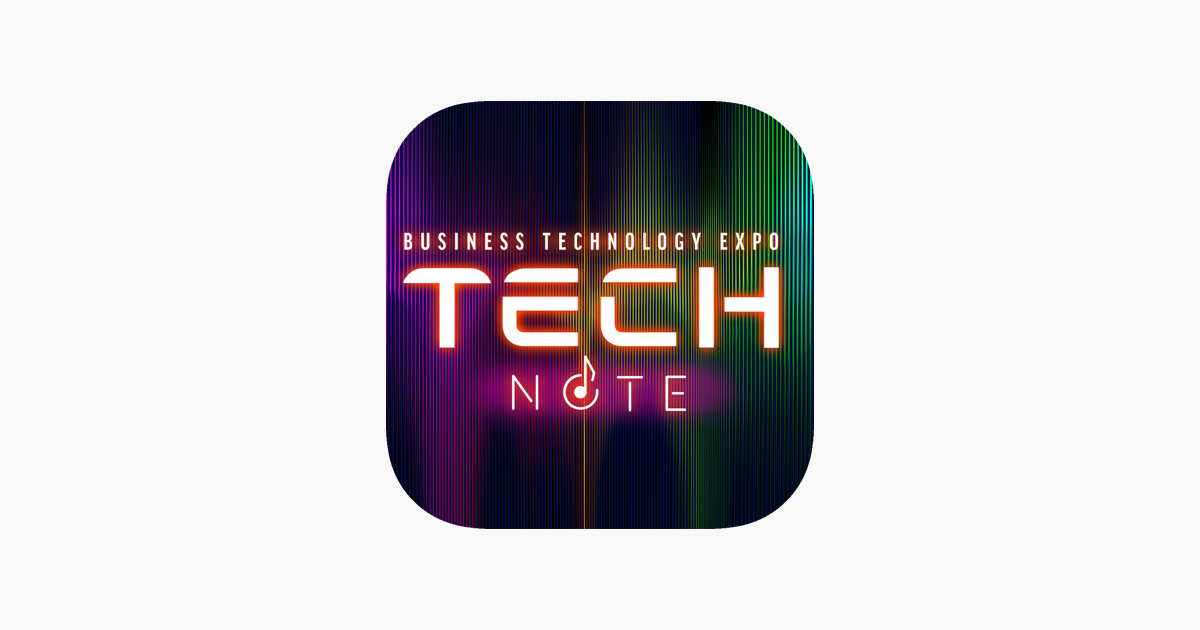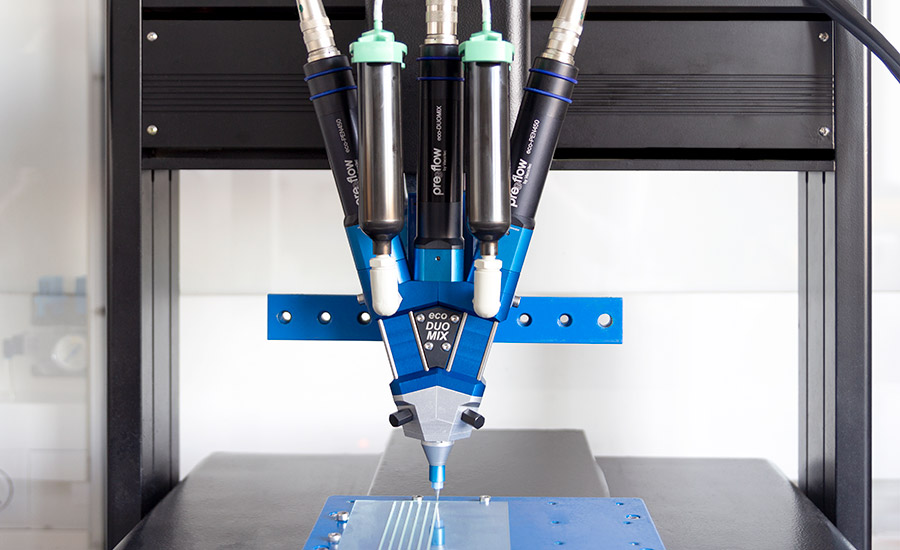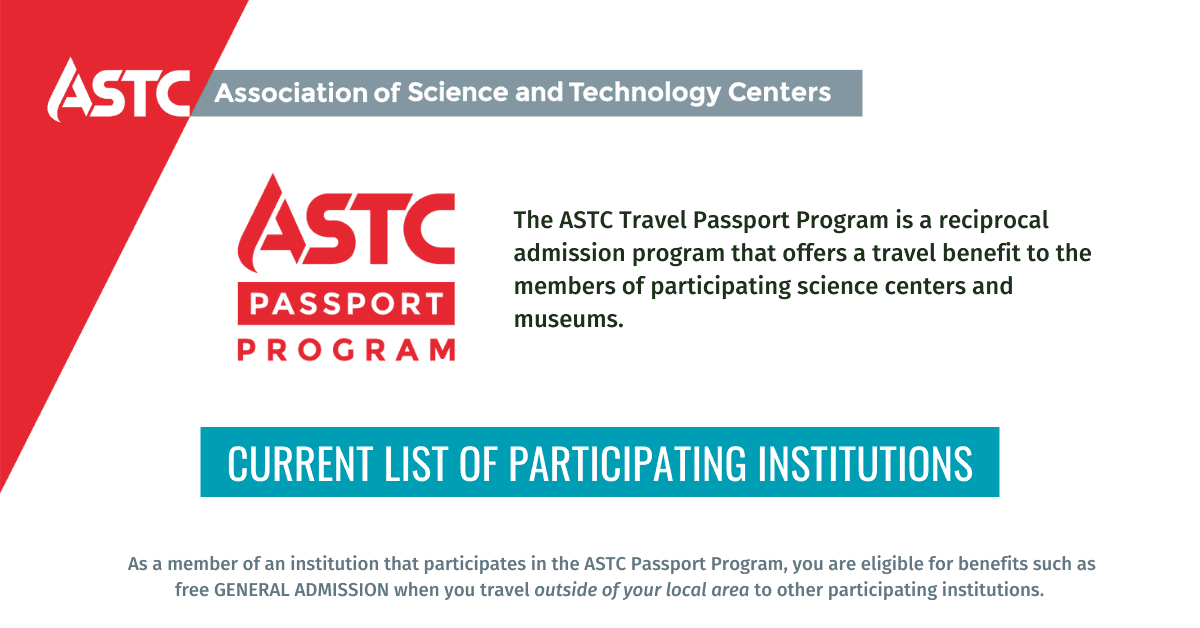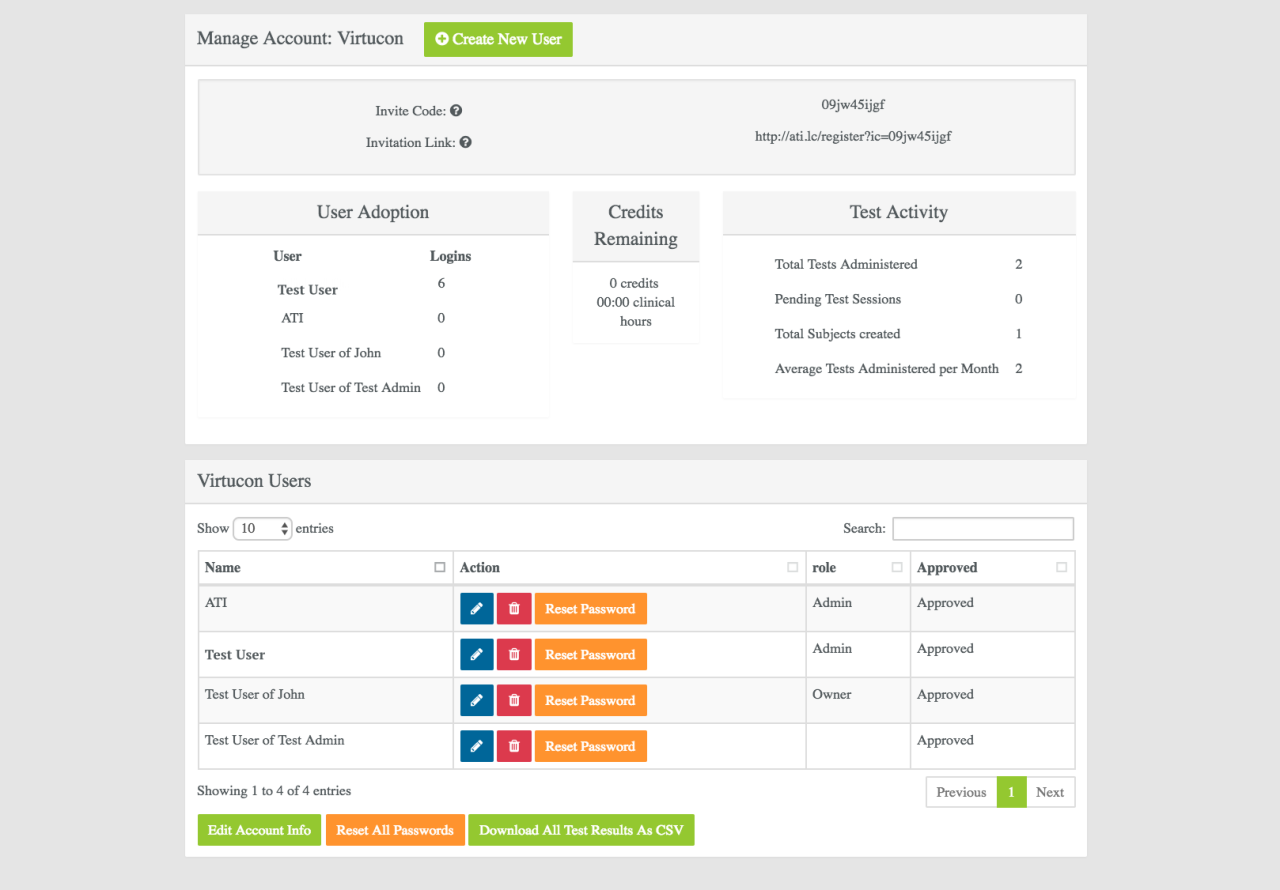Technology Notes: A Guide to Effective Knowledge Management
Technology notes are the unsung heroes of knowledge management, silently facilitating collaboration and innovation across diverse industries. These concise documents, encompassing research, design, implementation, and user manuals, serve as a […]

Technology notes are the unsung heroes of knowledge management, silently facilitating collaboration and innovation across diverse industries. These concise documents, encompassing research, design, implementation, and user manuals, serve as a vital repository of technical knowledge, ensuring that valuable information is captured, shared, and preserved for future reference.
From software development to healthcare, technology notes play a crucial role in documenting complex processes, fostering seamless knowledge transfer, and promoting efficiency. By providing a standardized framework for capturing and sharing technical information, technology notes empower teams to work effectively, solve problems collaboratively, and drive innovation.
Definition and Types of Technology Notes
Technology notes are concise and informative documents that capture technical knowledge, processes, and insights. They serve as valuable resources for various stakeholders involved in technology development, implementation, and maintenance.
Technology notes are typically written by technical professionals, such as engineers, developers, or researchers, to document their work, share knowledge, and facilitate collaboration.
Types of Technology Notes
Technology notes can be categorized based on their purpose and intended audience.
- Research Notes: Research notes document the findings and insights from technical research projects. They typically include experimental data, analysis, conclusions, and recommendations. These notes are primarily intended for researchers and project teams involved in the research project.
For example, a research note on a new algorithm for image recognition might include details about the algorithm’s design, performance metrics, and comparisons with existing methods. - Design Notes: Design notes capture the design decisions, specifications, and rationale behind a particular technology or system. They provide a detailed understanding of the system’s architecture, components, and functionalities. Design notes are primarily intended for engineers, developers, and other stakeholders involved in the design and implementation of the technology.
For instance, a design note for a new mobile application might describe the user interface design, data flow, and integration with backend systems. - Implementation Notes: Implementation notes document the steps involved in implementing a particular technology or system. They include details about code structure, configuration settings, and deployment procedures. These notes are essential for developers and operations teams responsible for implementing and maintaining the technology.
An example of an implementation note could be a guide on setting up and configuring a new server for a web application. - User Manuals: User manuals provide instructions and guidance on how to use a particular technology or system. They are typically written for end users and may include step-by-step instructions, troubleshooting tips, and frequently asked questions (FAQs).
A user manual for a software application might explain how to install the software, navigate the interface, and perform common tasks.
Key Elements of Technology Notes
Technology notes are a critical tool for documenting and sharing information about technology-related topics. They serve as a valuable resource for engineers, researchers, and anyone involved in the development and deployment of new technologies. Crafting effective technology notes requires a clear understanding of their key elements.
Clear and Concise Writing Style
Clear and concise writing is paramount in technology notes. The primary goal is to convey information effectively and efficiently. This involves using simple language, avoiding jargon whenever possible, and focusing on the essential details. A well-written technology note should be easy to understand, even for someone unfamiliar with the specific topic.
Technical Vocabulary and Jargon
While avoiding excessive jargon is crucial, technical vocabulary is an integral part of technology notes. Using appropriate technical terms ensures accuracy and precision in communication. However, it is essential to define any specialized terms that may be unfamiliar to the reader.
Effective Formatting and Organization, Technology note
The organization and formatting of technology notes play a significant role in their readability and comprehensibility. A well-structured note should be logically organized, with headings, subheadings, and bullet points used to guide the reader through the information.
- Headings and Subheadings: Headings and subheadings break down complex information into manageable chunks, making it easier for readers to navigate and understand the content. They also help to create a clear hierarchy of information, highlighting the most important points.
- Bullet Points: Bullet points are useful for listing key features, benefits, or steps involved in a process. They make the information more digestible and visually appealing.
- Tables and Figures: Tables and figures can effectively present data and complex information in a visually engaging way. They can help to illustrate relationships, trends, and patterns that may be difficult to convey through text alone.
Examples of Effective Formatting and Organization
Here are some examples of how effective formatting and organization can enhance the readability and clarity of technology notes:
“Example 1: Technology Note on a New Software Feature
Introduction
This note Artikels the key features and benefits of the new “Smart Search” feature recently added to our software platform.Key Features
* Advanced matching
* Natural language processing
* Real-time search suggestionsBenefits
* Improved search accuracy
* Faster search results
* Enhanced user experienceConclusion
The “Smart Search” feature offers significant improvements to our software platform, enhancing search capabilities and providing a more efficient and user-friendly experience.”
“Example 2: Technology Note on a Hardware Upgrade
Introduction
This note details the specifications and performance enhancements of the new “Pro Series” hardware upgrade.Hardware Specifications
| Component | Specification |
|—|—|
| Processor | Intel Core i9-12900K |
| Memory | 32GB DDR5 RAM |
| Storage | 1TB NVMe SSD |Performance Enhancements
* Increased processing power
* Faster data transfer speeds
* Improved graphics performanceConclusion
The “Pro Series” hardware upgrade offers significant performance improvements, making it ideal for demanding applications and workflows.”
The Role of Technology Notes in Knowledge Management
Technology notes play a crucial role in knowledge management by facilitating knowledge sharing, preservation, and effective collaboration within organizations. These notes act as a repository of valuable technical information, enabling teams to leverage collective expertise and ensure continuity in projects.
Knowledge Sharing and Preservation
Technology notes are instrumental in fostering a culture of knowledge sharing within organizations. By documenting technical processes, solutions, and best practices, these notes provide a readily accessible resource for team members to learn from past experiences. This shared knowledge base prevents duplication of effort, accelerates problem-solving, and promotes a collective understanding of technical complexities. Moreover, technology notes ensure the preservation of critical knowledge, even when team members leave the organization. This continuity is essential for maintaining project momentum and minimizing knowledge gaps.
Technology Notes in Different Industries

Technology notes are a versatile tool for knowledge management, finding their application across various industries. They serve as a means of documenting and sharing critical information, fostering collaboration, and promoting innovation. The specific requirements and conventions for technology notes vary depending on the industry, reflecting the unique needs and practices of each field.
Software Development
Software development relies heavily on technology notes for documenting code, design decisions, and architectural choices. These notes are crucial for maintaining code consistency, facilitating collaboration among developers, and ensuring that future updates and enhancements are implemented smoothly.
Here are some examples of how technology notes are used in software development:
- Design Documents: These notes capture the overall architecture of a software system, including its components, modules, and interactions. They provide a blueprint for developers, ensuring that everyone understands the system’s design and adheres to it during implementation.
- API Documentation: These notes describe the interfaces and functionalities of software components, enabling developers to integrate and interact with different parts of the system effectively. They often include detailed specifications, examples, and best practices for using the APIs.
- Code Comments: While not strictly technology notes, code comments serve a similar purpose by providing explanations and context for the code itself. They help developers understand the logic behind specific code segments and make it easier to maintain and debug the code.
Engineering
Technology notes play a vital role in engineering by capturing technical specifications, design details, and operational procedures. These notes ensure that engineering projects are implemented correctly, meet safety standards, and comply with industry regulations.
Here are some examples of how technology notes are used in engineering:
- Engineering Drawings: These notes provide detailed visual representations of structures, components, and systems. They are essential for manufacturing, construction, and maintenance, ensuring that all parties involved understand the design and specifications.
- Technical Specifications: These notes define the technical requirements for a particular engineering project, outlining the materials, processes, and performance standards that must be met. They ensure that the project meets the intended design goals and functions as intended.
- Maintenance Manuals: These notes provide detailed instructions on how to operate, maintain, and troubleshoot engineering systems. They are essential for ensuring the safe and efficient operation of complex machinery and infrastructure.
Healthcare
In healthcare, technology notes are critical for documenting patient information, medical procedures, and treatment plans. They ensure accurate record-keeping, facilitate communication among healthcare professionals, and support patient care decisions.
Here are some examples of how technology notes are used in healthcare:
- Electronic Health Records (EHRs): These notes capture a comprehensive history of a patient’s medical information, including diagnoses, treatments, medications, and allergies. They provide a central repository for patient data, enabling healthcare providers to access and share information seamlessly.
- Surgical Notes: These notes document the details of surgical procedures, including the steps taken, any complications encountered, and the patient’s post-operative recovery. They provide a record of the surgical process and support medical billing and auditing.
- Clinical Guidelines: These notes Artikel best practices for managing specific medical conditions, providing guidance for healthcare professionals on diagnosis, treatment, and follow-up care. They ensure consistency in patient care and promote evidence-based medicine.
The Future of Technology Notes
The evolution of technology is constantly reshaping the way we work, learn, and share information. As we move into the future, technology notes will play an increasingly crucial role in knowledge management, adapting to the advancements in emerging technologies.
The Influence of Emerging Technologies
Emerging technologies like artificial intelligence (AI), machine learning (ML), and the Internet of Things (IoT) are poised to significantly influence the creation and consumption of technology notes.
- AI-powered tools will streamline the process of note creation by automatically generating summaries, extracting key information, and even suggesting relevant tags and categories.
- ML algorithms can analyze vast amounts of data to identify patterns and trends, enabling the creation of more insightful and predictive technology notes.
- IoT devices will generate a massive amount of data, requiring efficient and scalable solutions for capturing, organizing, and sharing technology notes related to device operation, maintenance, and troubleshooting.
Summary

As technology continues to evolve at an unprecedented pace, the importance of effective knowledge management through technology notes becomes even more pronounced. By embracing the power of these essential documents, we can ensure that valuable technical knowledge is readily accessible, fostering collaboration, driving innovation, and ultimately shaping the future of our technological landscape.
A technology note can be a valuable tool for documenting the details of a specific technology implementation. When you need help bringing different systems together, a technology integration specialist: can provide the expertise to ensure a smooth transition. These specialists are crucial for bridging the gap between different technologies and creating a cohesive system that works seamlessly.









